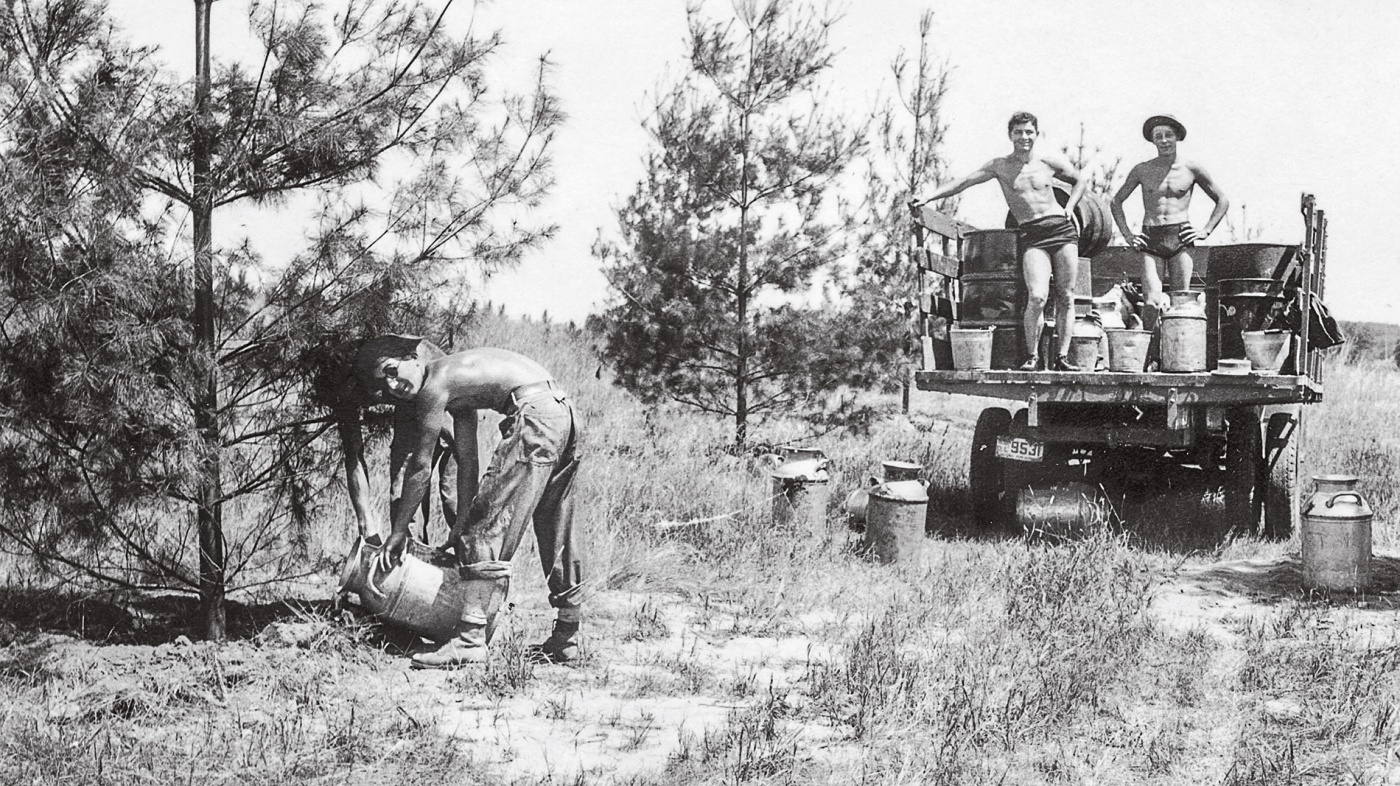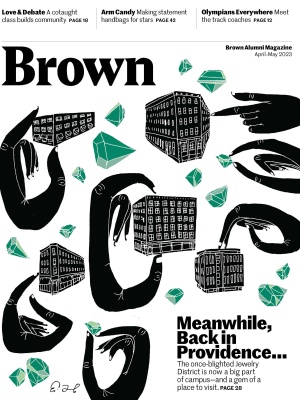Before World War II, scientists and policy makers held to the naïve notion that nature, left to its own devices, would always be able to heal itself. So after the war, the U.S. military and the Rand Corporation subjected ecosystems in Puerto Rico and Georgia to nuclear radiation, to investigate their resiliency to nuclear war. “They noticed that not all species would come back,” says Laura Martin ’06, assistant professor of Environmental Studies at Williams College. “Life might survive, but there are types of environmental damage that were impossible for ecosystems to recover from.”
In Wild by Design: The Rise of Ecological Restoration, Martin explores the sometimes fraught history of environmental restoration, from attempts to return bison to the Great Plains to modern-day massive carbon offset projects in the Amazon, asking what it means to restore the landscape and what exactly environmentalists should strive to return it to. “I define restoration as an attempt to codesign nature with nonhuman collaborators,” says Martin, a biologist turned environmental historian. “My main takeaway is that restoration is not a technical activity—it is a political activity, and any decision about what species to restore, where restoration happens, and how restoration is funded are inherently political questions.”
A first-generation college student whose mother was a secretary at Brown, Martin admired the doctors she saw on campus growing up and came to Brown planning to be pre-med. Her second year on College Hill, however, she took a course on plant taxonomy and fell in love, eventually abandoning medicine for a PhD in environmental management at Cornell.
As Martin started work as a wetlands ecologist working to root out invasive species, she began researching the history of such practices. Her book questions the motives of early restoration projects such as the repopulation of American buffalo by the American Bison Society at the turn of the 20th century. “Today it’s celebrated as an incredible success story, but I argue it had nothing to do with bison but was entirely about securing more land under white settler control,” Martin says.
True cocreation with nature, she argues, means considering humans as well. “Many restorations think exclusively in terms of repairing ecological harm, but we need to broaden that out to think about how to repair social harm as well,” she says. Case in point: after 113 years of lawsuits and federal investigations, the National Bison Range was transferred in 2021 to tribal management under the Confederated Salish and Kootenai Tribes. “That’s just one example of contemporary restoration projects that are thinking about reparations as well as restoration,” Martin says. “I see real potential in restoration to unite the two goals of reversing the biodiversity crisis and addressing human inequality.”






